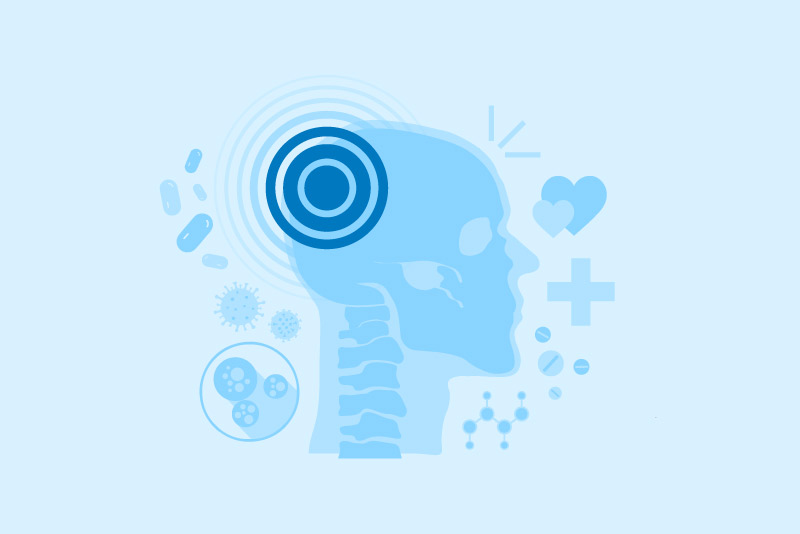Where Every Scroll is a New Adventure
Down Syndrome - Blog Posts
in recognition of World Down Syndrome Day on March 21



















































































hey sorry if this comes off the wrong way but you give me like this specific vibe that you have down syndrome
I do not 👍
I’ve been diagnosed with ADHD and pretty sure i have autism (been working on an official diagnosis- so far all the mental health people i’ve talked to are pretty sure i have it)
I don’t actually know that much about down syndrome other than how it is caused genetically. So i’ve little clue what exactly i’d be doing to obtain said vibe.
The only person i’ve ever met who had down syndrome was actually pretty cool though so im taking it as a w.
![First slide. The title reads "drawing characters with Down syndrome". Below that: "myth that I need to get out of the way before the actual tutorial: [caps] people with DS do not look the same [end caps]. They share similar features, but there is no one face that every person with DS has. Most people with DS won't have every single trait, just pick what works for your character." Around that are three actual photos; from top to bottom; a photo of the actress Gigi Cunningham, a Black woman in her 20s posing with her hands on hips; a photo of Zhou Zhou, a Chinese man in a suit conducting an orchestra; portrait photo of Georgie Wildgust, an elderly white man smiling to the camera. Each photo is captioned with the person's name.](https://64.media.tumblr.com/7f4403fd328c284d5bae6ca90eaa6d07/18bf095cd4118d2a-d1/s500x750/6feee60a3e2b462d399245d34ba50f6db14afac6.png)


![fourth slide, called "eyes". text reads "probably the most characteristic feature, so it's important to get right. People with Mosaic Down syndrome (more on it later!) will often have this as one of the few visible traits". top right has a close-up of a blue iris with white dots going around the pupil. It's captioned "these white spots going in a circle are called Brushfield spots. A lot of people with DS have them". Below that is a step-by-step tutorial on drawing eyes. First step focuses on the general shape, with the text reading "there's a lot of shapes to choose from: almond; round; upturned; + more but these are most common". Each of them has a drawing attached. Step two focuses on eyelids. Text reads "pronounced eyelids, both bottom and upper ones. They have a very noticeable crease". There's two pairs of eyes with heavy eyelids under that. Step three shows wrinkles around the eyes. Text: "some people with DS will have creases around the eyes + large bags under the eyes; if you have a simpler artstyle probably skip this one". Attached drawing shows a pair of eyes with wrinkles coming form the upper eyelid on the outer side and bags under the eyes. Step four reads "give them strabismus [many exclamation points]! I know artists are allergic to drawing strabismus if it's not for a joke but crossed eyes are actually awesome [awesome in all caps], (ok not all have strabismus but like half do)". Drawing attached shows a person with DS and strabismus.](https://64.media.tumblr.com/2f7b683cb96ee98791b5e27baca3494b/18bf095cd4118d2a-f1/s500x750/04920f4b30096952d3d5d015dd10e6b840b6be70.png)


tutorial for drawing characters with Down syndrome!
DISCLAIMER... please keep in mind that this is an introductory drawing tutorial and has some generalizations in it, so not every “X is Z” statement will be true for Actual People. it's more of an overview of features that are common in people with Down syndrome, not meaning to imply that every person with DS has all of them 👍👍 thanks
if you draw any characters using this feel free to tag me!!
Absolutely!!

just wanted to share the National Down Syndrome Society’s message for this year’s World Down Syndrome Day (21st March) 💛💙